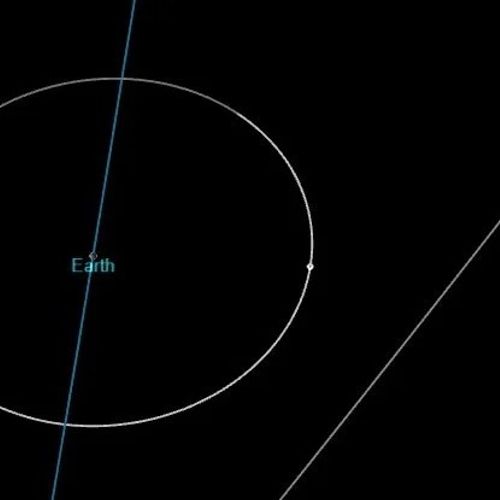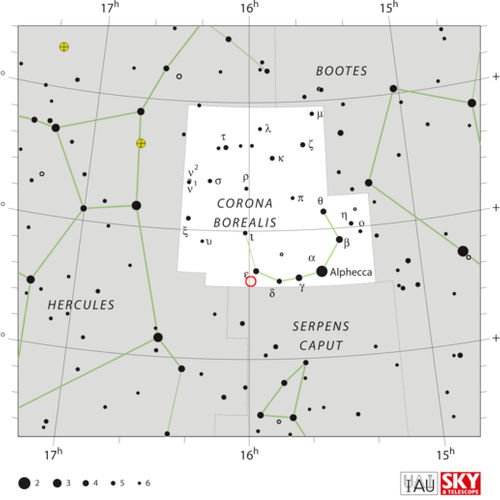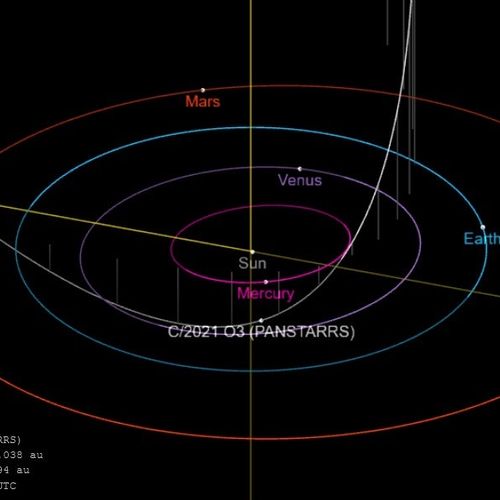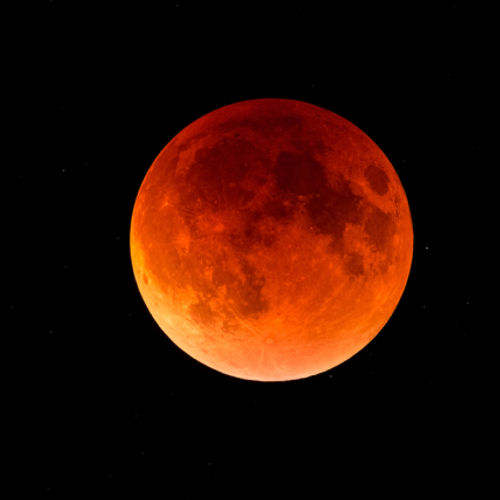
| Added | Tue, 18/01/2022 |
| Источники | |
| Дата публикации | Tue, 18/01/2022
|
| Версии |
In a slow-moving universe, asteroids give us a rare chance to see how things move in real time. Such a chance will present itself to us on the evening of Tuesday, January 18, when the 1.1-kilometer asteroid (7482) 1994 PC1 will pass at a distance of 1.23 million miles (1.98 million kilometers) from Earth.
This is about five times more than the distance from the Earth to the Moon, and only slightly more than the distance to the Lagrange point 2 opposing the Sun, which will soon house the James Webb Space Telescope.
Fortunately, both the Earth and the space telescope are safe from the asteroid during this flyby and will remain so for the foreseeable future. The asteroid was discovered on the night of August 9, 1994 by astronomer Robert McNaught, observing from the Siding Spring Observatory.
The Apollo asteroid is an Earth-crossing asteroid with a perihelion inside our planet at a distance of 0.9 astronomical units (AU) from the Sun and an aphelion in the asteroid belt at a distance of 1.8 AU, with an orbital period of 572 days. Due to the inclination of the orbit of 33.5 degrees relative to the ecliptic, in most years it passes away from the Earth.
Funny fact: if you look at the celestial plates, the 1994 PC1 is found in the pictures up to 1974.
1994 PC1 is a rock-type S-class asteroid, it is only slightly larger than another known NEO asteroid 101955 Bennu - the target of NASA's Osiris-Rex sample return mission, which will return to Earth with its valuable cargo at the end of next year.
The asteroid's passage this week is the closest since January 17, 1933 (before the discovery) - 0.00752 AU, and the closest in the next two centuries, although the passage on January 18, 2105 will be almost as close - 0.01556 AU.
This week's close approach gives observers a chance to see the asteroid firsthand.
On the night of January 18 at 21:51 World time (UT) 1994, PC1 will be located on the Cetus/Pisces border and move at a speed of 2 degrees per hour (covering a section of the sky four times the size of today's full moon in an hour) or 2 angular minutes per minute.
This is fast enough to see the movement of a high-speed asteroid compared to the stellar background, observing it through the eyepiece for just a minute or two. At its brightest, the 1994 PC1 should flirt with a magnitude of +9 or so, making it easily visible with a small telescope or perhaps binoculars.
The good news is that you can start hunting for 1994 PC1 today: the asteroid still has a decent magnitude of +12 plus in the evening before or after the closest approach, on January 17 or 19. In addition, unlike the closest approaches, the parallax and the location of the observer will not play too big a role in the true position of the asteroid in the sky.
To catch it, you will need a telescope capable of accurately targeting the coordinates in the right ascension and declination. You can get these ephemeris for your time and location by typing "1994 PC1" on the NASA/JPL Horizons website.
On the night of Monday, January 17, asteroid 1994 PC1 will be low to the south at dusk on the border of the constellations Fornax and Eridanus in the Southern hemisphere. A difficult but not impossible goal for North American observers.
On the night of Tuesday, January 18, the asteroid will pass closest to Earth in this century. Standing on the surface of the asteroid on Tuesday evening, you will see the Earth in the form of a 22-foot half-empty disk, slightly smaller than the full Moon.
Although the exact time of convergence favours Africa and European longitudes, North America will also be clearly visible at dusk. Another good way to track an asteroid is to find out when it will pass near a bright star, spot this place and observe at the appropriate time.
Once such an opportunity will present itself around 21:05 UT on Tuesday evening, when 1994 PC1 will pass 43' from the star Alresh (Alpha Pitia) +3.8 magnitude.
On the night of Wednesday, January 19, the asteroid will pass much further north in the constellation Andromeda. Despite the distance of almost 1.7 million miles, Wednesday also has the advantage of offering a small window for observations after the end of twilight and before the sunrise of the waning gibbous moon.
Astronomer Gianluca Mazi and the project "Virtual Telescope" on the 18th at 20:00 local time will begin a live webcast of the observation of the asteroid 1994 PC1.
Новости со схожими версиями
Log in or register to post comments









